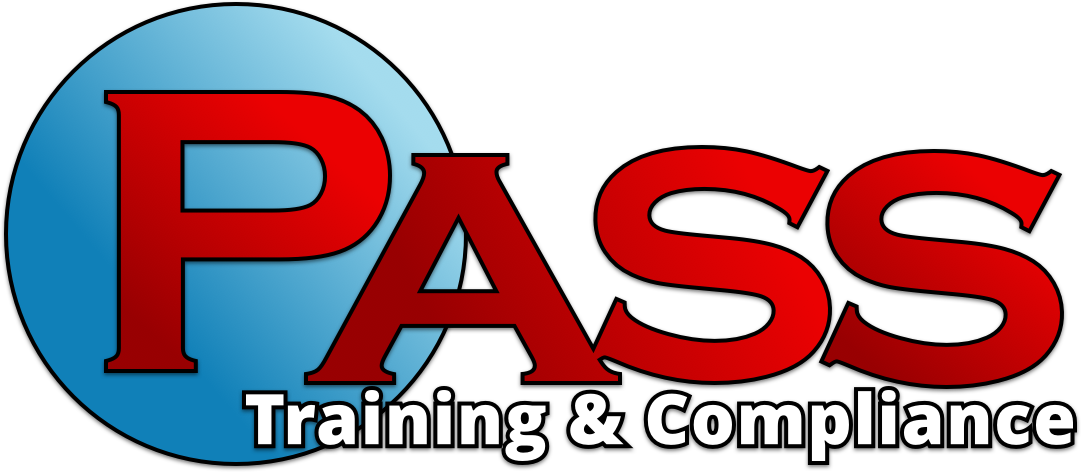What's your Class? A Glimpse at UST Operator Certifications
In 2005 President Bush sig ned the Energy Policy Act of 2005. In Section 9010 of the Solid Waste Disposal Act (SWDA) it stated that the U.S. Environmental Protection Agency (EPA) must publish guidelines that specify training requirements for three classes of operators. And so the Class A, Class B and Class C Underground Storage Tank (UST) operators were born.The EPA Published the Grant Guidelines To States For Implementing The Operator Training Provision Of The Energy Policy Act of 2005 and it went into effect in August of 2007. The EPA's guidelines break down each class of the UST operators and the minimum training requirements for the states UST program.
ned the Energy Policy Act of 2005. In Section 9010 of the Solid Waste Disposal Act (SWDA) it stated that the U.S. Environmental Protection Agency (EPA) must publish guidelines that specify training requirements for three classes of operators. And so the Class A, Class B and Class C Underground Storage Tank (UST) operators were born.The EPA Published the Grant Guidelines To States For Implementing The Operator Training Provision Of The Energy Policy Act of 2005 and it went into effect in August of 2007. The EPA's guidelines break down each class of the UST operators and the minimum training requirements for the states UST program.
Why are Class A & B Operators Typically Always Combined?
In most states, the state specific training requirements group together the Class A and Class B operator to create an A/B operator training. The reason for this is that these two operators share very similar responsibilities. Class A or B operators are typically the owner and or the manager of the facility where the UST is located. The Class A operators are responsible for providing the financial responsibility documents as well as properly operating and maintaining the UST. Class A operators also make sure a good management system is set up for the B operator to maintain compliance with regulatory requirements.Both Class A and B operators are required to have knowledge of the UST regulatory requirements and providing appropriate records, but only the Class B is in charge of implementing the day to day operation, maintenance and record keeping of the UST. This includes being familiar with release detection and prevention and all of the components of the UST and monitoring equipment. Class B is also in charge of making sure everyone that is applicable is trained to properly respond to emergencies. So if you compare the two you might notice that they have to have training in the same areas, the B operator is just more hands on than the A operator. I believe that it is a good idea that they are combined into one training so that either an A or a B operator gets the most of their training.
Class C Operators
Class C operator training is required for all other employees who may be in charge of the UST facility. The main responsibility of the C operator is to know how to respond in a case of an emergency and to notify the Class A or B operator and or emergency responders when necessary. Class C operators are required to train before they assume responsibility for responding to emergencies.So now do you know which class you are in? Still have more questions about Class A/B or C operators? Check out our FAQ pages! Click here for Class A or B operator information. Click here for Class C operator information. If you would like to read the Grant Guidelines To States For Implementing The Operator Training Provision Of The Energy Policy Act Of 2005 by EPA or would just like some more information about UST's visit the EPA website.
